Nuclear and Renewables: Decarbonization in a Collaborative Model
terça-feira, janeiro 07, 2020

Comparing the costs of different power generation technologies has
become one of the main arguments used by proponents of specific sources and
those seeking to find the best approach to plan the expansion of electrical
systems. However, this approach, taken alone for public energy policy making,
is far from simple and can lead to unwanted and unexpected results.
How much does it cost? It seems like a simple question. However, when it
comes to competing power generation technologies, it is an extremely
challenging question. Generation costs include many variables: capital, fuel,
location, waste disposal, environmental impact, interconnection, reliability,
intermittency, and other external and systemic costs. No two technologies are
alike.
System costs are often divided into the following four broadly defined
categories of profile costs (also referred to as utilization costs or backup
costs), balancing costs, grid costs and connection costs[1]:
• Profile costs refer to the increase in the generation cost of the overall
electricity system in response to the variability of VRE output.
• Balancing costs refer to the increasing requirements for ensuring the system
stability due to the uncertainty in the power generation (unforeseen plant
outages or forecasting errors of generation).
• Grid costs reflect the increase in the costs for transmission and distribution
due to the distributed nature and locational constraint of VRE generation
plants.
• Connection costs consist of the costs of connecting a power plant to the
nearest connecting point of the transmission grid.
The external costs are based upon the sum of three components: climate
change damage costs associated with emissions of greenhouse gases (CO2 and
others); damage costs (such as impacts on health, crops etc.) associated with
other air pollutants (NOx, SO2, NMVOCs, PM10, NH3); and other non-environmental
social costs for non-fossil electricity-generating technologies. Environmental
and social externalities are highly site specific and so results will vary
widely even within a given country according to the geographic location.
For decades, analysts have come up with an approach that attempts to
integrate some of the key cost variables of generation technologies. It is
called the Levelized Cost of Electricity (LCOE), meeting internal costs,
including Capex and Opex, until a new plant is connected to the grid[2].
LCOE analysis[3],
provided evidence on three key points:
• Despite recent high-cost projects in Western countries, most new nuclear plants
have a Levelized Cost of Electricity (LCOE) comparable to any other generation
source, including most Variable Renewable Energy (VRE). LCOE meets all
costs, including Capex and Opex, until a new plant is connected to the grid;
and
• LCOE for VRE did not take into account the system costs that consumers would be
required to pay, such as network upgrades to accommodate a distant generation
from consumer centers, low VRE predictability balancing and frequency control
and backup and/or storage of electricity to compensate for this variability.
• LCOE analysis does not include environmental and social externalities such as
waste disposal, greenhouse and air pollution, material resources and land use;
excluding marginal externalities, LCOE contradicts a central point for the
consideration of clean energy technologies, which is the very impact of these
externalities.
Using LCOE to compare generation costs has become widespread practice.
However, the approach based on comparisons of LCOE associated with different generation
technologies, or any other measure of total life cycle production costs per MWh
provided, does not take in account different system costs, effectively treating
all generated MWh, regardless of source, as a homogeneous product, i.e. a
commodity, governed by a single price.
The criticism is technical and the fundamental objection is that cost
does not measure value. Power generation occurs at different times and in
different places, having different values at each moment and in each place. It
would be like saying that a car costs a lot more than a bicycle, so we should
all buy bicycles. Nevertheless, this disregards that car and bicycle are
providing services of different natures.
Analysing NEA Study on the costs of decarbonization[1],
COSTES[4] gave
us some powerful insights:
• Setting a price for carbon as an external cost seems obvious: $ 35 per ton of
emitted CO2 is considered sufficient to eradicate it from all
scenarios. This is not so far from the $ 20 already considered by some
countries. The sooner this is achieved, the better, since everyone agrees
that there is an urgent need to decarbonize the energy system.
• Ideally, policies should be developed to ensure that system costs are well
analyzed and allocated to the source that generates them. The concept
of “Equivalent Firm Power”[5] was
proposed, according to which any VRE source should guarantee its production
with some storage for which it would be responsible. In any system, this
would be very difficult to implement.
• The adequacy of most existing electricity markets may be questioned. The order
of merit could be justified in the past, when all sources had comparable LCOE
and were fully exposed to the market. Electricity markets today produce situations
where prices are zero and there are no longer economic signals consistent with
an increasing share of VRE.
• In a market where any form of electricity generation is dealt with on its own
merits, without any subsidies or priority rights, there will be a need for very
clear new regulations. With a high share of VRE, existing markets will be
very volatile and will pose high risks to any long-term investment and
financing. How can policies be designed to attract investment in this
situation?
• There is clear evidence that in addition to hydroelectric power with large
reservoirs, nuclear is the only low-carbon dispatchable technology, and it is
essential, along with variable renewable energy, to obtain a decarbonized
electrical system. The cost-benefit ratio for the consumer leads to a
balanced system where the value of nuclear energy and the VREs themselves is
not destroyed by excessive participation by the latter. Rather than
developing public policies that set targets for VRE participation, which will
require network capacity, flexibility and infrastructure, it would not be
preferable to set carbon generation targets first and then identify which
electrical system would provide the best cost-benefit?
When considering the facts about the types of technology; their
costs, including external and system costs; public acceptance; and by
assessing the potential for higher electricity prices, policy makers could
create the market conditions and rules to find an appropriate path.
Nevertheless, there are other important subjects for decision makers
take in account:
• in order to accommodate a high share of VRE, the system must develop not only
transmission and distribution networks but also incorporate new technologies
that do not yet exist to accommodate the fluctuations that VRE generation
entails.; these costs may be taken into account, but what about the risks
associated with these future technologies? And the reliability of such a
system and its resilience?
• material resources use to generate electricity is an issue scarcely analyzed;
it is a matter of energy and power density[6]; in
essence, VRE has, in most areas, a limited load factor: to achieve the same
generation in GWh, VRE needs around three times more capacity than any
dispatchable source and would require a lot of storage capacity with a limited
load factor; low energy density VRE implies more building materials (cement,
concrete, steel, for example) and more land use for a given lifecycle energy
generation; which police provides the most efficient way to use the resources
the planet can offer?
• Another issue to consider is the acceptability of a given scenario; while
existing nuclear power generation is generally well accepted, new nuclear power
can be a challenge; what about a comparatively large VRE deployment and its
impact? What about the acceptability and feasibility of
distribution/connection requirements?
A cost-effective low carbon system would probably consist of a sizeable
share of VRE, an at least equally sizeable share of dispatchable zero carbon
technologies, such as nuclear energy and hydroelectricity with large
reservoirs. A complementary amount of gas-fired capacity would provide
additional flexibility, alongside storage, demand side management and the
expansion of interconnections. The Brazilian
system seems to go in that direction, already having some of these attributes.
The Brazilian electric system is unique for its extremely high
contribution of renewable sources, thanks to intense use of a huge hydropower
potential, started since the beginning of the twentieth century. As of 2018,
renewable energy accounted for 85% of the installed capacity. Hydropower
account for 64% and “new renewables”
(small hydro, wind solar and biomass) for 22%. Thermopower provides remaining
14% (including 2% nuclear)[7].
This system, however, lives a called “hydrothermal
transition” since the very beginning of XXI century.
Hydrothermal transition is what happens when the expansion of an
electricity system with predominant hydropower source requires an increasing
thermopower contribution, either by hydro potential depletion or loss of
auto-regulation capacity due to stored water volume reduction in reservoirs, or
both simultaneously, what is effectively happening in Brazil.
The hydrothermal transition begins to take place in Brazil in 2000, when
the growth rate of the thermopower becomes much higher than the growth rate of
the hydro. This is a consequence from the growth rate of the volume of water in
the reservoirs become much lesser than the growth rate of hydropower installed
until the late 80. The Brazil realized this painfully in 2001 facing a supply
crisis due to reduced reservoir levels with limited thermopower availability.
Since then, thermopower has been successfully increased, facing without crisis
reservoir levels lower than 2001 crisis. From 2000 to 2018, thermopower
installed capacity more than doubled, from 6% to 14%. By other side, reservoir
storage capacity increased only 5%, indicating that the effects of hydrothermal
transition will accelerate over the next years.
Similar situation happened before in Canada. In early 60´s, hydropower
contribution to Canadian electric system was in a level equivalent to those of
Brazil in 2000. This contribution decreased in the 70´s and 80´s, stabilizing
in the 90´s around 50-60%. At the same time, the share of coal and nuclear in
Canada rose, with the remainder filled by gas and oil, and a small but growing
share of new renewable sources.
Hydrothermal transition requires a long-term strategy for
diversification of primary sources of electricity generation. The role of new
renewables in a Brazilian hydrothermal transition nowadays is much more
important than was in Canadian transition, decades ago. The installed capacity
of these new sources increased spectacularly from almost 0% in 2000 to 22% in
2018. New renewables have unique competitive advantages in Brazil for two
complementarities: wind-hydro (high wind in dry season) and wind-solar (high
wind in high insolation places). This allows low-cost storage of intermittent
energy in hydro reservoirs, saving water and increasing the capacity of
hydroelectric make regulation of demand.
This strategy of diversification of sources can also be observed in many
other countries and is most marked in those where national energy resources are
very scarce, such as Japan and Korea. More recently, countries have gone
through a rapid economic growth process, such as India and China, are also
seeking greater diversification. The Canadian and Brazilian cases rises
particular interest due to starting point: a large hydropower contribution. The
other countries´ transition starting point is an electric system with very
large fossil fuel contributions.
Nuclear power will play a key role in diversification strategies to
energy transitions reaching decarbonized systems. Although it reliably
produces large quantities of low-carbon, dispatchable energy, it faces issues
of public acceptance in many countries. However, nuclear power remains an
economically viable option to meet severe carbon constraints, despite the
economic challenges for some new reactor projects.
The cost advantage of nuclear power is not in its plant-level costs,
although they are quite competitive. It does lie in its general benefits
to the electrical system. VRE’s plant-level costs have fallen
dramatically, but its overall system costs are not accounted for as production
is aggregated over a limited number of hours. All of these factors must
come into play in the decisions of each country.
Electricity markets are evolving and nuclear energy is following this
evolution to meet future requirements: Small Modular Reactors (SMR) development
is a promising response. Nuclear energy is well placed to take on these
challenges in a collaborative mode, working together with all other forms of
low carbon generation, in particular VRE, to achieve the ambitious
decarbonization targets most countries have set for themselves.
Nuclear power is a reliable partner of VRE through a collaborative
model. A technical complementarity could be achieved through the development of
a larger flexibility in reactor operating, in order to palliate VRE variable
power production. A systemic complementarity could be achieved through
innovative technologies in fields like cogeneration, heat and hydrogen
production, demand management or interconnection of ultra large power grids.
Last, but not the least, a strategic complementarity for building the future
decarbonized energy mix.
———————————————————————————————–
References:
[1] ORGANIZATION
FOR ECONOMIC COOPERATION AND DEVELOPMENT NUCLEAR ENERGY AGENCY, The Costs of Decarbonization: System Costs with High Shares of Nuclear and Renewables,
available at http://www.oecd-nea.org/ndd/pubs/2019/7299-system-costs.pdf.
(2019).
[2] GUIMARAES,
L., The Levelized Cost of
Electricity and its Impact on Energy Transition, CEIRI NEWS, available
in Portuguese at https://ceiri.news/o-custo-nivelado-da-eletricidade-e-seu-impacto-na-transicao-energetica/.
(2019)
[3] INTERNATIONAL
ENERGY AGENCY AND NUCLEAR ENERGY AGENCY, Projected Costs of Generating Electricity,
available at https://www.oecd-nea.org/ndd/pubs/2015/7057-proj-costs-electricity-2015.pdf.
(2015)
[4] COSTES,
P., Viewpoint: Studying the cost of decarbonization, World
Nuclear News, January 30,
available at http://world-nuclear-news.org/Articles/Viewpoint-Studying-the-cost-of-decarbonisation.
(2019)
[5] HELM,
D., Cost of Energy Review,
BRITISH INSTITUTE OF ENERGY ECONOMICS, available at http://www.biee.org/wpcms/wp-content/uploads/Cost_of_Energy_Review.pdf.
(2017)
[6] SMIL,
V., Power Density: A Key to Understanding Energy Sources and Uses,
MIT Press (2016)
[7] EMPRESA
DE PESQUISA ENERGÉTICA, Decennial
Energy Expansion Plan 2027, available in Portuguese at http://www.epe.gov.br/pt/publicacoes-dados-abertos/publicacoes/plano-decenal-de-expansao-de-energia-2027.
(2018)








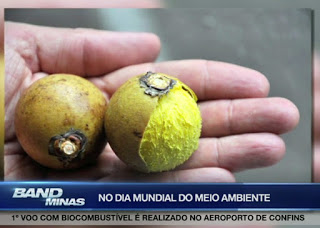
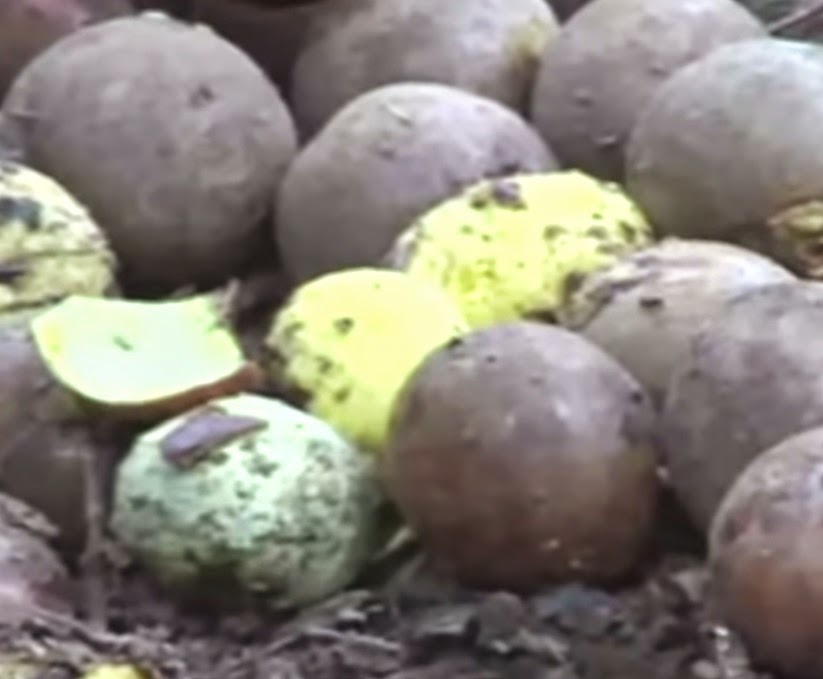
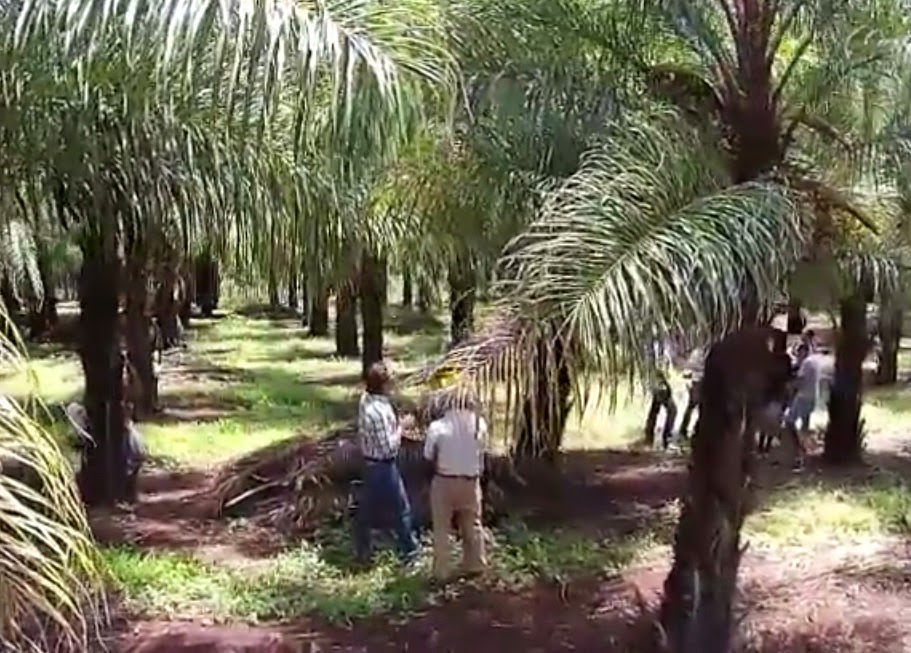

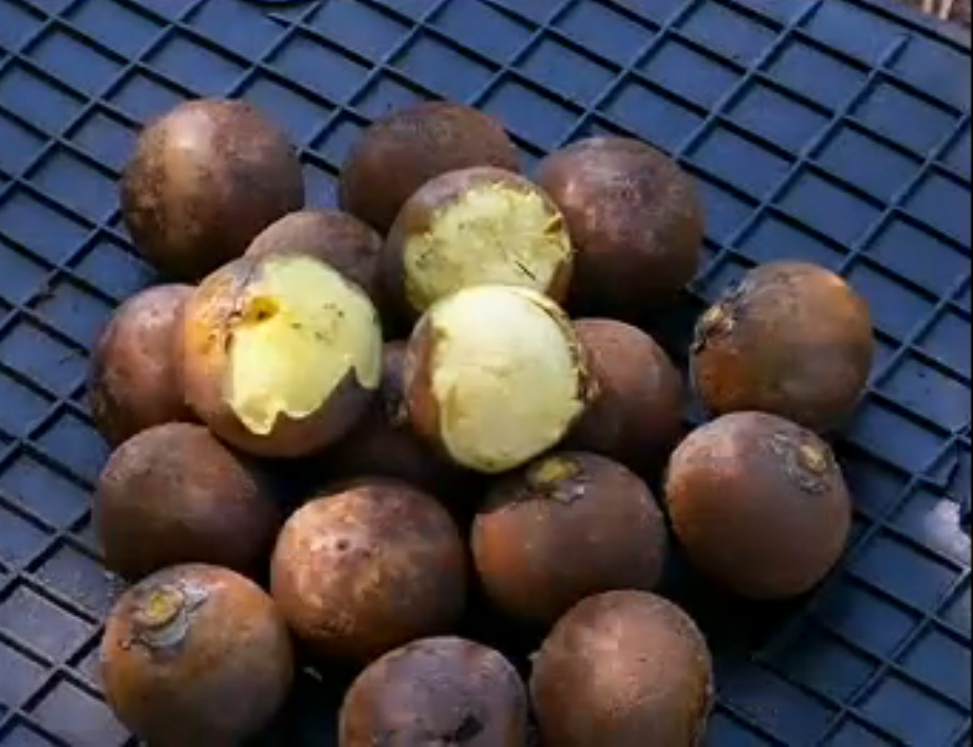
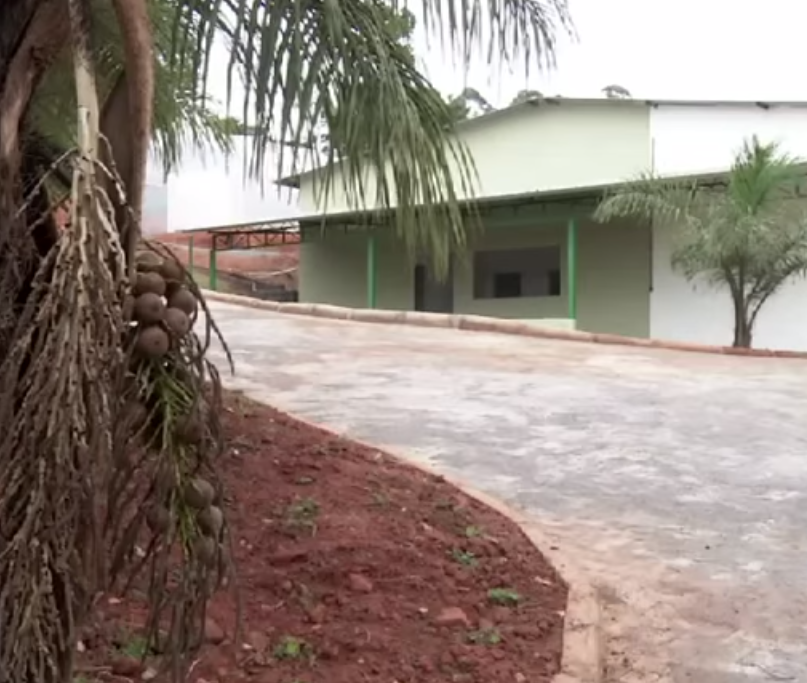




0 comentários
Agradecemos seu comentário! Volte sempre :)